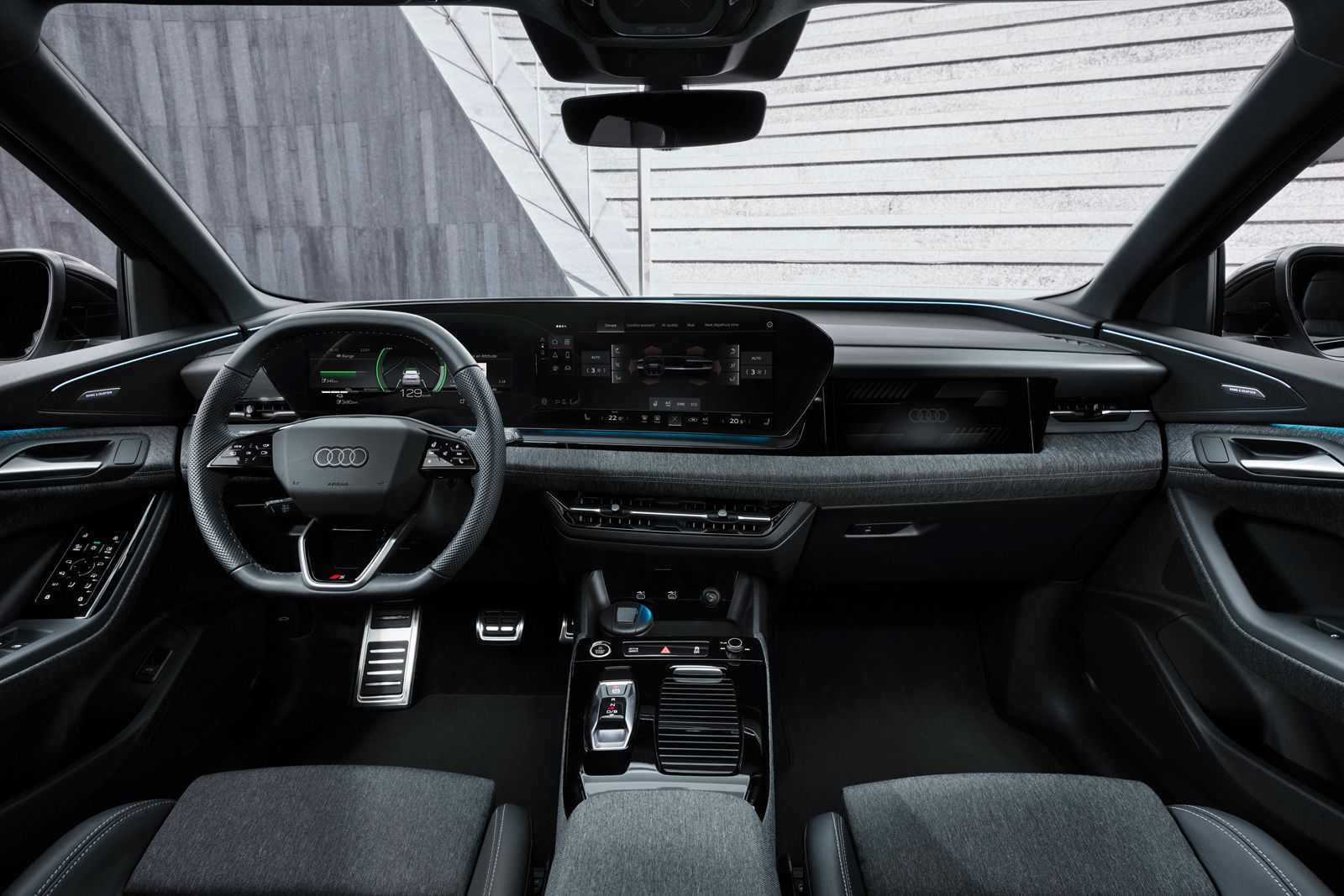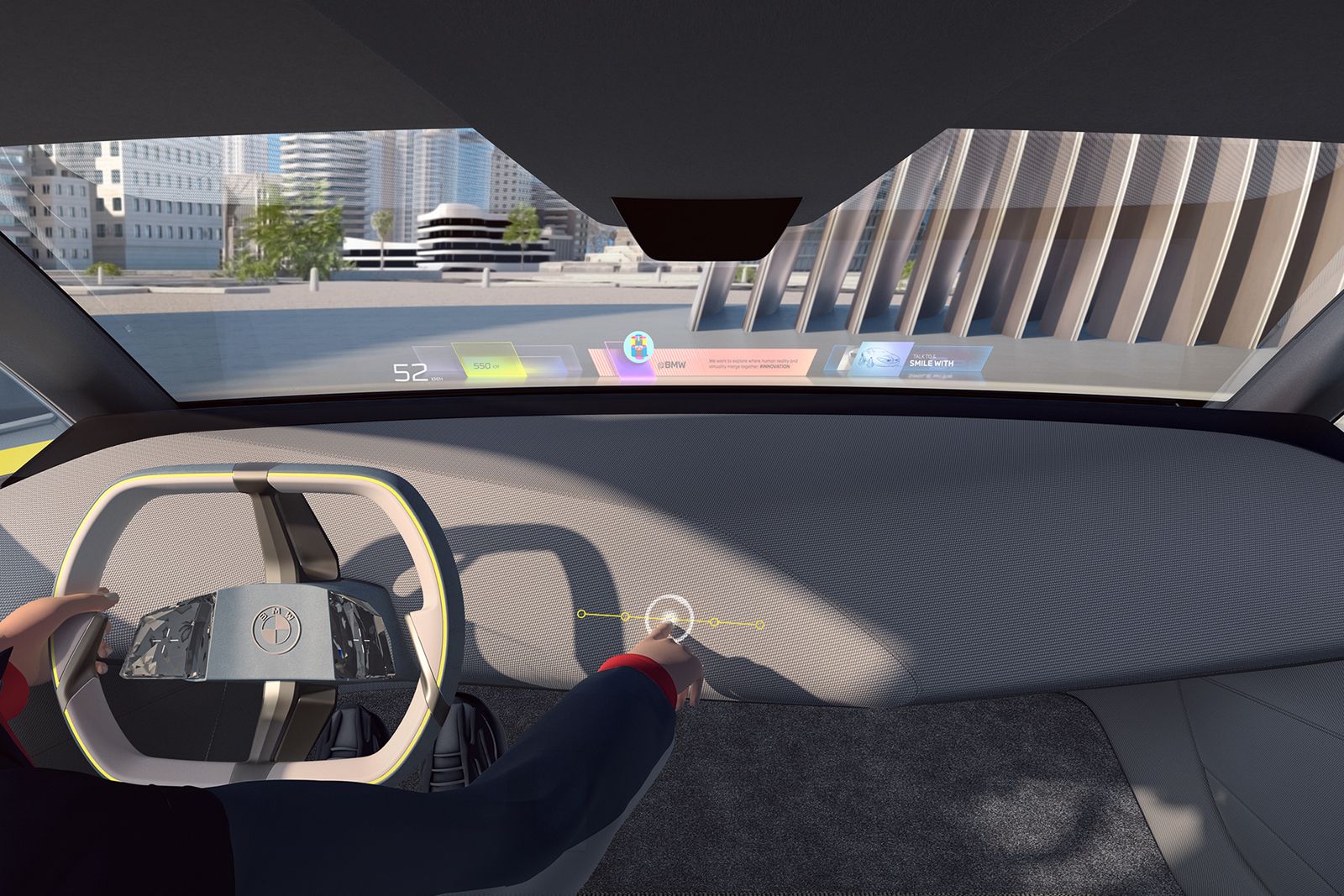Android. It’s a name that will make some shake with fear, especially if you’re reading this on your iPhone 14 Pro. Spawning a family of different platforms, Android has grown into a big player in smartphones, tablets, entertainment devices – and also cars. But this isn’t part of a tribal platform war and the automotive sector’s gradual adoption of Android is something that should be welcomed.
There are two arms to Android in cars. There’s Android Auto which is the projection of your phone onto your car’s head unit, and then there’s Android Automotive, which is the platform that powers your car’s head unit. One is for everyday consumers, the other is car manufacturers.
There are actually a couple of other considerations, one being GAS. That abbreviation stands for Google Automotive Services, which allows access to things like Google Maps, Play Store and Assistant, but it’s a separate optional layer. You might hear reference to Android Automotive meaning the full Google experience, and you might hear reference to AOSP – Android Open Source Project – meaning Android Automotive without the Google apps.
The thing that appeals to car manufacturers about Android Automotive is that they can create a hardware platform and run Android software, without having to do as much development work. Importantly, there’s a growing pool of developers working with Android. Compare this with the previous situation: a car manufacturer would develop its own platform, would have to find a way to support it, would have to ensure compatibility with every app they wanted to offer – as well as think about all those superficial things like the actual user interface.
Android Automotive was announced in 2017 and the uptake has been gradual because change in cars takes a long time. Unlike the merry-go-round of smartphones where there’s a hardware refresh every 6 months, cars have a much longer life and every change needs to be considered for that long product life. Volvo was one of the first brands to come forward supporting Android Automotive with the XC40 Recharge and sister-brand Polestar offered it in the Polestar 2.
This wasn’t the start of Google in cars – quite far from it. It was in 2012 that Audi and Google came together to offer Google Earth in cars and Google Search has been an option for destination searching on a number of cars – as long as they had a cellular connection. But the creep into Android is now very clear. Sticking to Audi, the company has announced the interior of the new Q6 e-tron.
Audi
The new layout looks great as Audi moves beyond the Virtual Cockpit launched in 2014 on the then-new Audi TT (and the Lamborghini Huracan, if you’re counting) into a new design that we’re likely to see adopted in other cars. It also moves to Android Automotive, part of VW Group’s adoption of Android.
That’s going to mean that VW, Seat, Cupra, Skoda, Bentley, Porsche and yes, Lamborghini, all likely to move over to a system underpinned by Android Automotive. It’s not just VW Group that we see making this move, because BMW is also at it.
At CES 2023, BMW confirmed that it was using Android Automotive in the development of BMW Operating System 9 and that’s something that we’ll also see in Mini Operating System 9 and I’m on no doubt it will be followed-up by Rolls-Royce too. The advantage that will come from the adoption of Android – either via the GAS route or not – is access to apps.
“BMW makes strategic decisions when it comes to choosing whether to develop software in-house and in which areas open-source software can offer our customers additional benefits,” said BMW when I asked them about the shift in platform. “In the case of BMW Operating System 9, based on AOSP, customers benefit from a large number of new apps by third-party providers and for example from the large community of Android developers.”
It’s not just huge German brands either: Ford, Chevrolet, Renault and startups like Rivian and Lucid are all using the platform to power the in-car experience.
Car manufacturers have been under pressure to keep up with the technological revolution that’s happened all around us since the advent of the smartphone. Many drivers now get into a car and connect their phone, running either Apple CarPlay or Android Auto. Why do they do this? Because the apps and services are there, the interface is simple with big colourful icons, and interaction is basically the same as a smartphone.
While both services are still supported on Android Automotive, car manufacturers want to draw drivers out of those systems and back onto native turf – and being able to offer a wide range of familiar apps, that get regularly updated, is a big part of this. Ultimately car manufacturers want to own the experience, providing a system that’s more seamless across the expanding displays in cars. And I think the tipping point here will be panoramic heads-up displays.
Heads-up displays are the future of information in cars, that much is clear. Not only does Audi reference that in the Q6 e-tron introduction – saying it creates “the impression that the items depicted are floating up to 200 meters (656 ft) away and that they interact directly with the environment” – but it’s also the focal point of the technology in BMW’s latest Neue Klasse concept car. I’ve also experienced this myself from the likes of Mercedes. If you’re not using the native navigation system, you don’t get those augmented reality directions and you’re really missing out.
Android Automotive means that drivers find an experience in their car that they are familiar with, that is fast and fluid like a smartphone, always up-to-date and provides familiar apps. It’s a transition and can’t come fast enough and thankfully, it’s well underway.
Credit : Source Post




